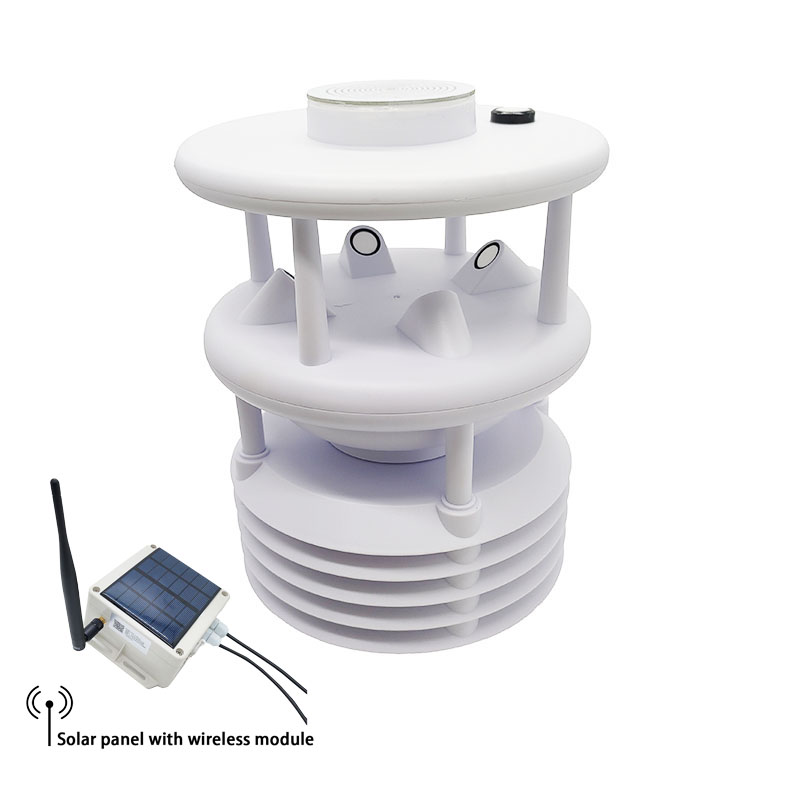National Highways is investing £15.4m in new weather stations as it prepares for the winter season. With winter approaching, National Highways is investing £15.4m in new state-of-the-art network of weather stations, including supporting infrastructure, that will provide real-time data of road conditions.
The organisation is ready for the winter season with more than 530 gritters to call upon in adverse conditions and around 280,000 tonnes of salt at 128 depots across its network.
Darren Clark, Severe Weather Resilience Manager at National Highways said: “Our investment in upgrading our weather stations is just the latest way we are developing our weather forecasting capability.
“We are ready for the winter season and will be out and about day or night when the roads need salting. We have the people, systems and technology in place to know where and when to grit and will be working to keep people moving safely on our roads whatever weather conditions we get.”
The weather stations feature atmospheric sensors and road sensors cabled from the weather station to the road. They will measure snow and ice, visibility in fog, high winds, flooding, air temperature, humidity and precipitation for the hazard of aquaplaning.
Weather stations provide accurate, real-time weather information for effective short and long-term forecasting and monitoring of severe weather conditions.
To keep the roads safe and passable, the road surface and atmospheric weather must be continuously monitored. Weather conditions such as snow and ice, heavy rain, fog, and high winds can impact road safety in many different ways. Providing reliable information is vital for winter maintenance operations.
The first weather station will be introduced on the A56 near Accrington on 24 October and is expected to be operating the following day.
National Highways also reminds motorists to keep TRIP in mind ahead of journeys this winter – Top-up: oil, water, screen wash; Rest: rest every two hours; Inspect: Inspect tyres and lights and Prepare: check your route and the weather forecast.
The new weather stations, also known as Environmental Sensor Stations (ESS) are moving from domain-based data which read weather conditions in the surrounding area to route-based data which reads weather conditions on a particular road.
The weather monitor itself has a backup battery in the event of power loss, a full suite of sensors and twin cameras facing up and down the road to see the condition of the road. The information is relayed to National Highways’ Severe Weather Information Service which in turn informs its control rooms across the country.
Road surface sensors – embedded within the road surface, installed flush with the surface, the sensors take a variety of measurements and observations of the road surface. It is used in a road weather station to provide accurate and reliable information on the surface state (wet, dry, icy, frost, snow, chemical/salt presence) and surface temperature.
Atmospheric sensors (air temperature, relative humidity, precipitation, wind speed, wind direction, visibility) provide information that can be critical to the overall traveling environment.
National Highways’ existing weather stations run on landline or modem lines, whereas the new weather stations will run on NRTS (National Roadside Telecommunications Service).
Post time: May-23-2024


